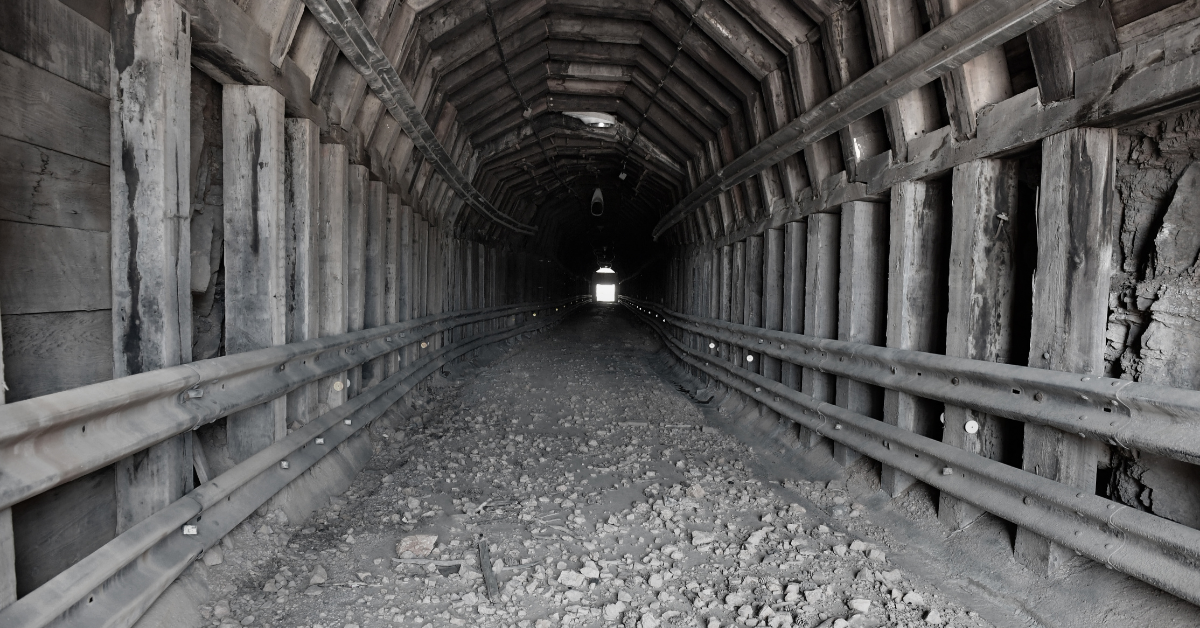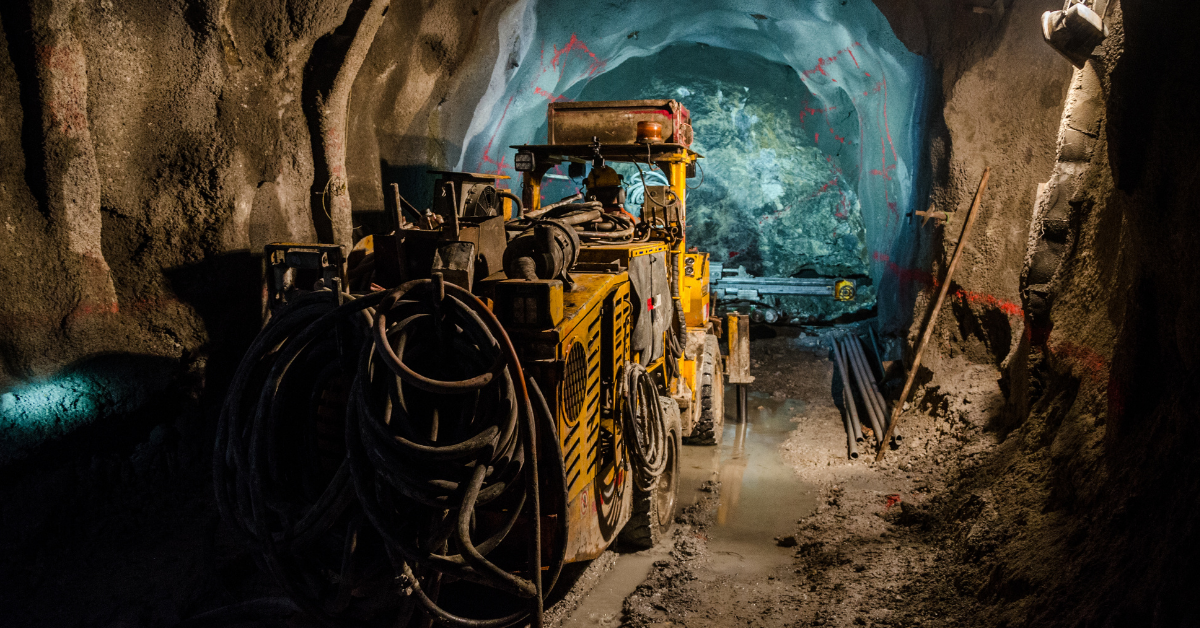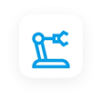Light Detection and Ranging (LiDAR) sensors use pulsating lasers to measure distance and ranges. In surface and underground mining applications, LiDAR sensors are used to capture geological data, and to increase equipment safety and efficiency.
Uses of LiDAR Sensors and AMRs
Formerly, LiDAR sensors were primarily used in drones for 3D mapping. Data was collected and combined to produce a 3D image of geological features and topography. More recently, however, LiDAR sensors have been used on autonomous mobile robots (AMRs) for a lot more than just mapping terrain. They can map, collect samples, provide test data, and much more, but the principal advantages in safety and efficiency are seen underground.
Increasing Equipment Safety and Efficiency
A mine can be a dangerous place to work, both for humans and machinery. The use of AMRs with LiDAR technologies has done much to increase safety, both for humans and equipment, and increase efficiency.
Inspections of Hazardous Environments
Operational mines are required to conduct regular inspections to ensure safe operations and adequate ventilation. Abandoned mines can become more and more dangerous over time, and local laws and regulations may require periodic surveys and inspections. Reassessing a mine for possible reasons to reopen it for production also requires extensive testing and evaluation. Some of the challenges and hazards the AMR would overcome might be:
• Flooded tunnels and/or confined spaces. Suitable AMRs can navigate flooded areas with no human safety risks and explore spaces too confined for human inspectors.
• A lack of ventilation. AMRs do not require safe breathing environments the way human inspectors would.
• A lack of ground support. AMRs can be operated remotely and data can be transmitted to existing control centers.
• A need for networking for robot communication. AMRs may not require local infrastructure to network and collect and transmit data.
• A need to transmit live video feeds. AMRs can be equipped to provide live streaming video to a remote location.
Using an AMR in such applications is therefore obviously of greater advantage and a safer alternative.
Reassessing Abandoned Mines
Using sensors and cameras an AMR can recognize various mineral types that were previously overlooked and determine whether it is economically viable to reopen a mine. This is especially valuable in re-evaluating abandoned mines. With newer technologies being developed or on the market, there is a need for different mineral elements. Minerals not previously deemed useful or valuable may now be in demand for current industry growth. AMRs reduce the cost of exploration and increase the security of investment for future mining assessment and operation.

Underground Mining Safety
AMRs are having a significant impact on underground mining safety. About 1,000 people die each year in mining accidents in the United States alone. Global estimates, though difficult to accurately document, put the number at about 12,000. So the use of robotics combined with the Internet of Things (IoT) devices does much to increase safety. AMRs with LiDAR capabilities become part of a network that monitors such things as:
• Environmental dangers. Early detection of gas leaks, inadequate ventilation, harmful chemicals, and so forth can enable a system to provide staff with timely alerts.
• Production monitoring. Production above ground and production below ground often take place at different speeds. LiDAR sensors can collect data to coordinate the production flow to be efficient and reliable, reducing accidents and other factors that threaten safety.
• Machinery monitoring. Machinery breakdown can be costly, but also, it can threaten safety. LiDAR sensors can monitor operating temperatures, resource demand and usage, maintenance schedules, and so forth to increase efficiency and safety.

A common use of mining equipment with a person
Changing Requirements
Previously, mines were designed to accommodate humans, and even mining vehicles were designed for a human driver. With the progress of AMRs, mines can be redesigned, to an extent, to accommodate robotic vehicles driven by data-collecting sensors, or remotely by humans. Besides prodigious cost savings, increased safety and efficiency are tangible benefits in a redesigned mining operation. Although we may be a long way from fully automated mines, the technological advances with LiDAR-based AMRs are constantly changing the vista of safe and efficient mining strategies.
Planning for the Future
From re-evaluating abandoned mines to increasing safety and efficiency in operational mines to determining mining needs and capabilities in the future, robotics is playing an important role in meeting the demands of the industry. Current technologies are already adaptable and continue to evolve toward increased flexibility. With Hokuyo Automatic USA Corporation backing your mining operation, you can secure its future, expanding and growing to meet the demands of modern consumers.

 Factory Automation
Factory Automation Logistics Automation
Logistics Automation Process Automation
Process Automation Crane Collision Avoidance
Crane Collision Avoidance LiDAR/Obstacle Detection
LiDAR/Obstacle Detection Safety Laser Scanners
Safety Laser Scanners Optical Data Transmission
Optical Data Transmission Hot Metal Detectors
Hot Metal Detectors Laser Distance Sensor
Laser Distance Sensor Blog
Blog Whitepapers
Whitepapers Case Studies
Case Studies Infographics
Infographics